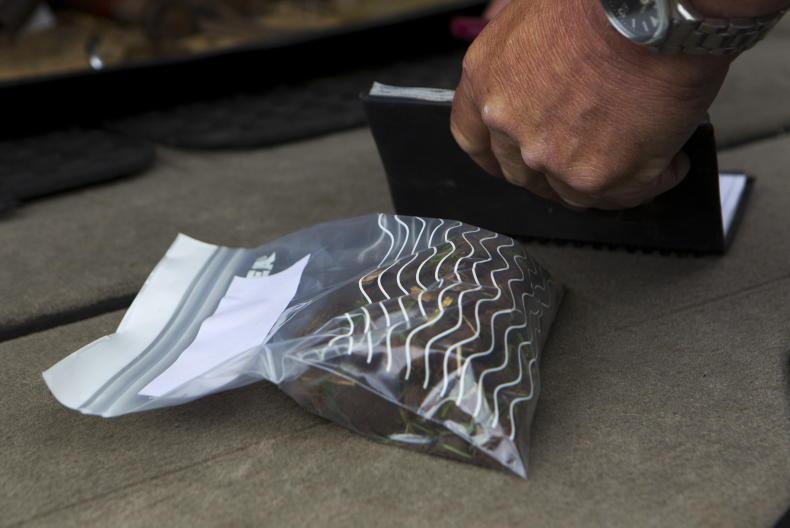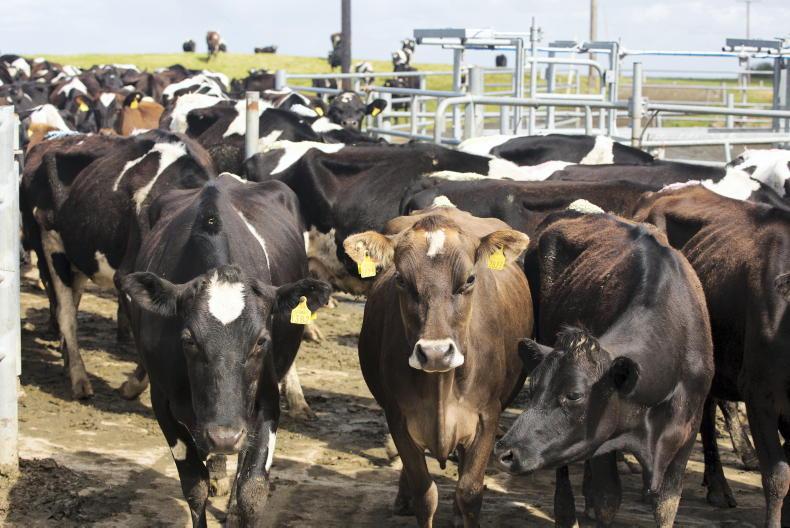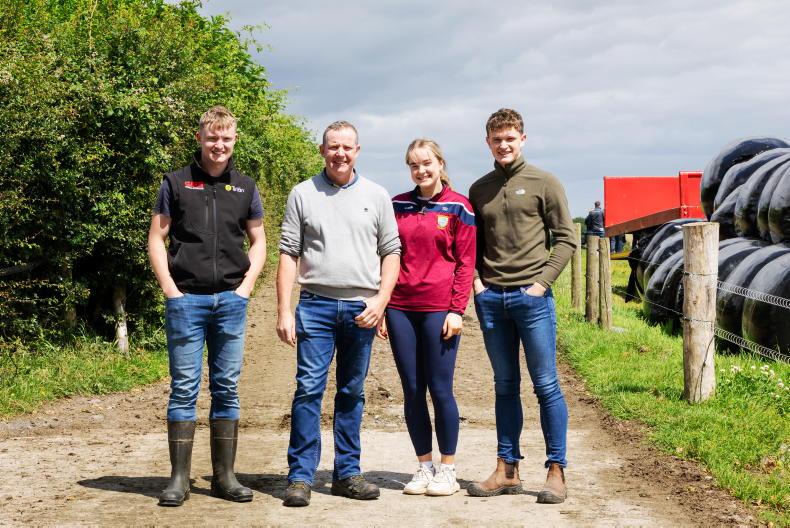Good soil health is much more than just testing for lime status and nutrient availability, a leading soil scientist has suggested.
According to Dr Joseph Martlew from the National Institute of Agricultural Botany (NIAB), farmers should be digging inspection holes to monitor change in soil profiles, organic matter content, rooting depth and earthworm activity.
Speaking at the Agriculture and Horticulture Development Board (AHDB) cereal monitor farm meeting outside Limavady last Thursday, Martlew outlined advice on improving soil health.
“Take a spade and dig inspection holes at differing locations within a field. Examine the profile and grade the soil on a score from one to five” Martlew said. “A score of one indicates soils with no compaction, plenty of aeration and deep roots. It easily crumbles by hand.
“Soils with a score of five are compacted, have little root penetration, foul smelling and are discoloured from waterlogging.
“Choose areas where there is likely to be compaction or waterlogging. It is also important to choose areas where there are no issues.
“This gives a good comparison between healthy and poor soil profiles in the same field and shows what is possible.”
Worm count
Inspection holes should be 20cm wide by 20cm long and 20cm deep.
After assessing the soil profile, the advice was to count earthworms.
There should be a 50:50 mix between adult and juvenile worms in healthy soils. Adult worms are easily distinguishable as they have a saddle on the body.
Monitor
When growing crops, feed organic matter regularly and the less disturbance to soils, the better, suggested Martlew.
“With low disturbance, is it easier to monitor the changes in soil profile every year. Always re-visit the same location in a field, which is made easier by GPS maps and smartphone apps,” he said.
Read more
Beef prices: factories struggling to exert control on quotes
Almost half of all slurry applied by low emissions slurry spreading methods
Good soil health is much more than just testing for lime status and nutrient availability, a leading soil scientist has suggested.
According to Dr Joseph Martlew from the National Institute of Agricultural Botany (NIAB), farmers should be digging inspection holes to monitor change in soil profiles, organic matter content, rooting depth and earthworm activity.
Speaking at the Agriculture and Horticulture Development Board (AHDB) cereal monitor farm meeting outside Limavady last Thursday, Martlew outlined advice on improving soil health.
“Take a spade and dig inspection holes at differing locations within a field. Examine the profile and grade the soil on a score from one to five” Martlew said. “A score of one indicates soils with no compaction, plenty of aeration and deep roots. It easily crumbles by hand.
“Soils with a score of five are compacted, have little root penetration, foul smelling and are discoloured from waterlogging.
“Choose areas where there is likely to be compaction or waterlogging. It is also important to choose areas where there are no issues.
“This gives a good comparison between healthy and poor soil profiles in the same field and shows what is possible.”
Worm count
Inspection holes should be 20cm wide by 20cm long and 20cm deep.
After assessing the soil profile, the advice was to count earthworms.
There should be a 50:50 mix between adult and juvenile worms in healthy soils. Adult worms are easily distinguishable as they have a saddle on the body.
Monitor
When growing crops, feed organic matter regularly and the less disturbance to soils, the better, suggested Martlew.
“With low disturbance, is it easier to monitor the changes in soil profile every year. Always re-visit the same location in a field, which is made easier by GPS maps and smartphone apps,” he said.
Read more
Beef prices: factories struggling to exert control on quotes
Almost half of all slurry applied by low emissions slurry spreading methods










SHARING OPTIONS